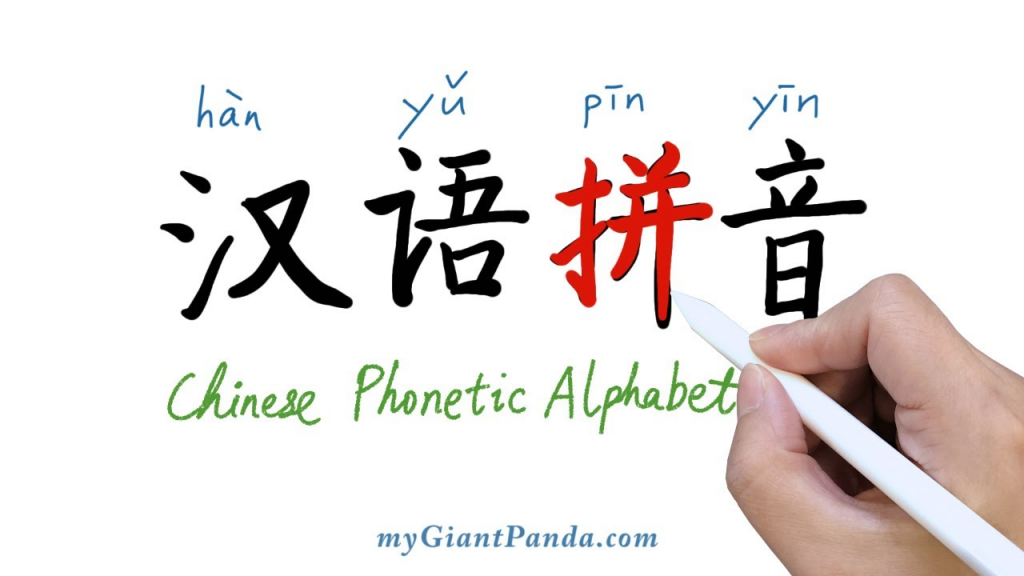If you ever thought Mandarin was the Chinese language, buckle up—because we’re diving into a linguistic rollercoaster that spans centuries, wars, migrations, and even a few spy-worthy stories involving the famously indecipherable Wenzhou dialect.

Welcome to the world of Chinese dialects, where a Northeasterner can’t understand a coworker from Jiangxi, and where you could walk across a province and suddenly feel like you’ve crossed a national border—linguistically speaking, that is.
Chinese Dialects: Way More Than Just Accents
Unlike the minor twangs you might find between British and American English, Chinese dialects are massively distinct—so much so that their differences often exceed those between entire European languages. For instance, a Portuguese and a Spaniard can usually hold a conversation using their own tongues. Meanwhile, someone from Northeast China (like our storyteller) would be totally lost eavesdropping on a phone call between two Jiangxi locals.
Legend has it that during the Second Sino-Japanese War, Chinese forces employed Wenzhou speakers as military couriers, because their dialect was so unintelligible that even if enemy forces intercepted their communications, decoding them was virtually impossible. Yes, Wenzhou dialect was the original end-to-end encryption.
The Magnificent Seven (Dialect Families)
Modern Chinese is broadly divided into seven major dialect groups:
- Mandarin (官话 Guānhuà)
- Cantonese (粤语 Yuèyǔ)
- Wu (吴语 Wúyǔ) – includes Shanghainese
- Hakka (客家语 Kèjiāyǔ)
- Min (闽语 Mǐnyǔ) – includes Fuzhou and Xiamen dialects
- Xiang (湘语 Xiāngyǔ)
- Gan (赣语 Gànyǔ)
Each group further branches into numerous regional sub-dialects. For example, Mandarin alone includes Beijing Mandarin, Northeastern Mandarin, Southwestern Mandarin (hello Sichuan!), and more.
Mandarin speakers generally understand each other—so a person from Heilongjiang can get by in Xi’an or Chengdu. But Min dialects, like those in Fujian, are a different beast. Even within the same province, Fuzhou and Xiamen speakers struggle to understand one another, because they belong to different subgroups of Min.
Migration: The Great Dialect Shuffler
Why is dialect diversity so intense in China? Sure, geography and ancient local languages matter. But the real game-changer is mass migration throughout Chinese history.
Take Sichuan, for example. You might think its dialect has always been native. In fact, it’s mostly imported—from Hubei and Hunan. How did that happen? Enter the 17th-century rebel general Zhang Xianzhong, who led brutal campaigns through Sichuan, resulting in widespread depopulation. When the Qing Dynasty came to power, they repopulated the region with migrants from Hubei and Hunan, then known collectively as “Huguang”.
These new arrivals spoke a variant of Jianghuai Mandarin, which eventually evolved into Southwestern Mandarin. So next time someone says Sichuanese sounds like Hubei dialect, they’re not wrong—it’s the other way around: Sichuanese is Hubei dialect’s long-lost descendant.
Nanjing: The Unexpected Dialect Powerhouse
Wait, what does Nanjing have to do with all this?
Quite a lot, actually. During the Ming Dynasty, Nanjing was the capital, and its speech held major political clout. When the capital moved to Beijing under Emperor Yongle, Nanjing dialect tagged along, influencing what we now call Northern Mandarin. This explains why Sichuanese, despite being spoken in China’s southwest, is classified as Mandarin—it’s a linguistic cousin of Beijing Mandarin, with roots in Ming-era Nanjing.
And guess what? Yunnan dialect shares that ancestry too. During the early Ming Dynasty, the emperor sent two major groups to Yunnan: military units and resettled Nanjing residents (apparently too politically risky to keep near the throne). These groups formed the foundation of modern Han Chinese presence in Yunnan—and their speech evolved into today’s local Mandarin dialect.
That’s why some Nanjing visitors are pleasantly surprised to find Yunnanese speech sounds vaguely familiar—they’re hearing echoes of their own hometown from five centuries ago.
Lost in Translation—Within One Country
One burning question remains: with all these unintelligible dialects, how did people communicate in ancient China?
The short answer: they didn’t. Or at least, not always without help.
Historical records show that court translators were sometimes required even within a single province. In the Qing Dynasty, one official named Zhu Chaoyuan needed an interpreter just to conduct a legal case in Fujian because Min dialects were completely foreign to him.
Imagine being a Chinese official needing a translator… in China. That’s the linguistic magic (and madness) of Chinese dialects.
Cultural Reflections and Modern Relevance
Chinese dialects aren’t just quirky regionalisms—they are living fossils of history, echoing migration, war, empire, and politics. Each one carries the story of its speakers: their struggles, journeys, and resilience.
In today’s China, Mandarin is the lingua franca, used in schools, media, and government. But dialects remain vibrant in local life, media, and even comedy. They are a source of identity and pride, connecting people to their hometowns and their heritage.
Plus, they’re just plain fascinating.
So the next time someone says, “Oh, Chinese is just one language,” you’ll know better. It’s one country—yes—but with a whole universe of voices.

No comments yet.